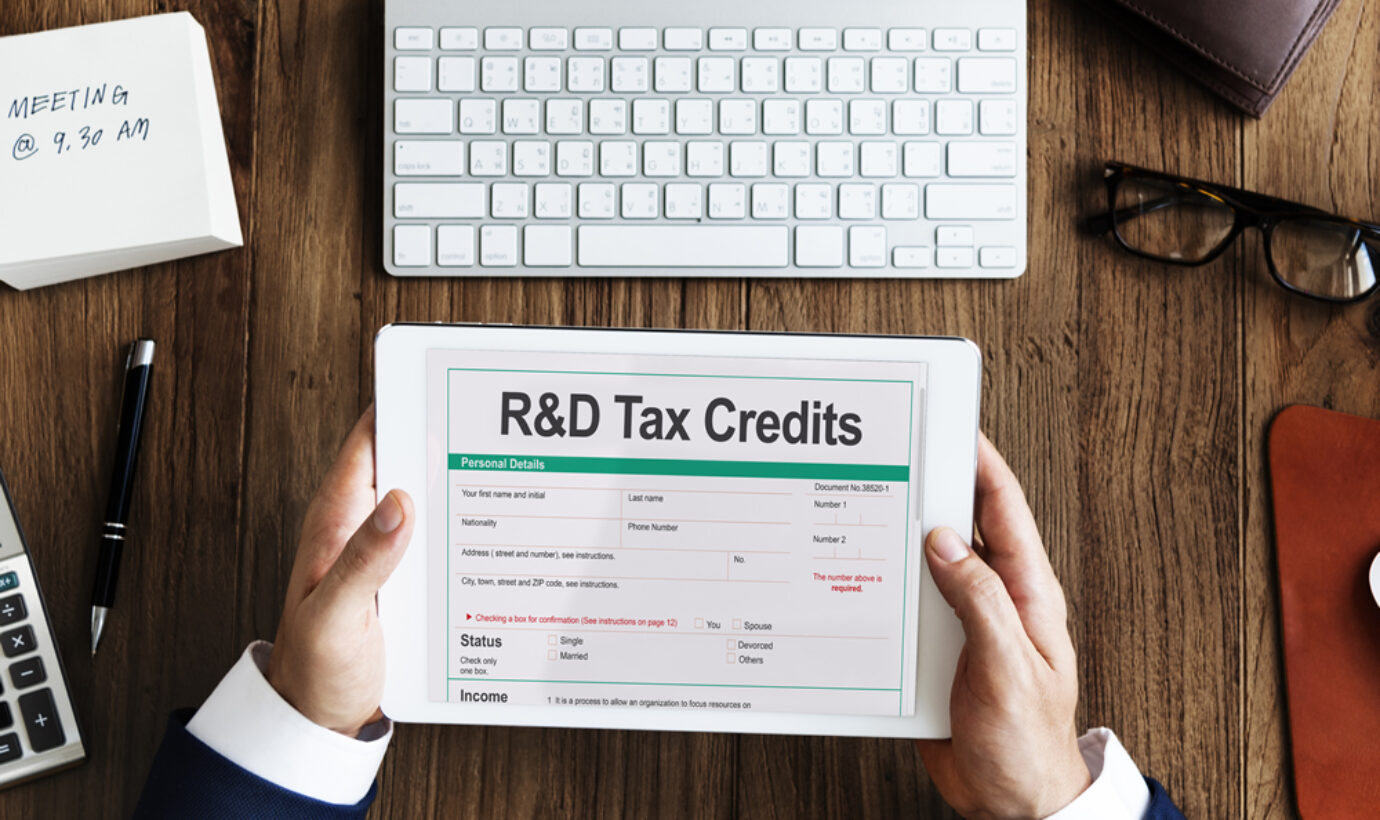The past year had been the toughest for everyone, but more so for businesses that do not fall within the essential category. At the very least, surviving the year was the primary goal and not having to close or stop operations. However, the state and federal tax liabilities of business enterprises remain to be a hurdle that most are scampering to meet.
As with the rest of the world, picking up our lives after the pandemic appears to be a challenging task but one that we must face to move forward and for business owners, it means taking care of all the dues and responsibilities so that their business can continue to run. This would include state and federal taxes that if not settled can also lead to a civil suit which is a graver problem than having to pay taxes.
Nonetheless, it is important to find ways to lessen tax liabilities and one of the most unused methods is the RD tax credits. Finding more about this resource will help any business owner save money on tax liabilities and one that can be used to keep the business afloat. This tax credit is the most underutilized since not many people know about it and the application process is a bit complicated but completely doable considering that it can result in cash value credits.
If you have maximized all tax credits option and you still need to pay more on taxes, then more often than not, you have not used the R&D tax credits yet. This is a tax credit designed to help business owners find tax relief by integrating research and development activities into business operations. It is meant to reward businesses that prioritize research and development to drive growth and innovation.
Defining RD Tax Credits

RD tax credits are the more popular term for research and development tax credits, it is a business tax credit that provides businesses a means of claiming tax credits from the state and federal taxes. The claimed tax credit can be directly applied to the actual tax dues and can be converted to cash value that is deducted from the gross taxes of the business. Most importantly is the fact that the unused tax credits can be used in the succeeding years.
To qualify for the R&D tax credits, the business must first demonstrate that they engage in research and development activities and they spend for those activities. The number of tax credits will be determined based on the number of activities and amount of money spent on it, thus the more frequent the activities and the higher the expenses, the higher the R&D tax credit value can be claimed.
Moreover, there is no limit to how much tax credits can be applied for and the requirements are not that difficult to meet since the criteria used is broad and all-encompassing. Even small businesses do engage in research and development activities like innovating new products, experimenting on new formulations, or setting up new processes and procedures. R&D tax credits are non-refundable but they can be carried over to the next years or even earn credits from previous taxes even three years back.
Thus, when you apply for R&D tax credits, you can probably get a substantial amount in the first year of application. The said tax credits are important as it gives business owners a means of keeping their business running in these trying times, and to improve the business through an increase in capital and innovative processes and products.
Calculating R&D Tax Credits

Currently, there are two computations used for determining applicable RD tax credits for a given company. The first one is called the regular credit method and the second one is the alternative simplified credit method. The details of each computation method can be found in the Credit for Increasing Research Activities Form or IRS Form 6765. Moreover, the business owner can choose which computation method to use as long as it will yield the most tax credit value and therefore be the most beneficial to the company.
Both methods have favorable and unfavorable consequences, hence, the business taxpayer must be well-informed of the two methods so he or she can decide on the best one. Consequently, the method he or she chooses will be the preferred method for the succeeding filings every year. Whichever method is chosen, the computed tax credit will always be based on research and development activities and expenses, thus, if one wishes to gain higher tax credits, then beefing up their R&D activities and expenses is the key.
Filing for R&D Tax Credits

Before a business owner can file for an R&D tax credits claim, the research and development activities and expenses must be first identified, recorded, and documented. This means that all activities and business processes and systems and products that can be categorized as research and development in nature must be identified and audited. Next, the said activities must have incurred expenses that can be documented through receipts, payrolls, vouchers, and other financial records.
After which, the application for R&D tax credits can now be made, however, to ensure a certain degree of accuracy and success for the said filing, it is best to hire a firm that specializes in these types of tax credits. The whole process is time-consuming and must be very accurate which is difficult to achieve if one has to run a business at the same time. Moreover, what may be identified as research and development activities may not be the most appropriate one, that it is best to let the experts do this task.
Hiring a firm to do the feasibility analysis and compute the estimate of the tax credits can incur expenses but this ensures a high degree of success which makes it all worth it. Besides, most firms will do the feasibility analysis free of charge and once they have presented their report and estimate, that is only when you decide to accept their offer. Thus, the whole process will provide you with a good estimate of the amount you can save or get from the tax credits. It is in the best interest of the firms to make sure that the business files the tax credit claims and get the most out of it as it would also mean more business for them.









